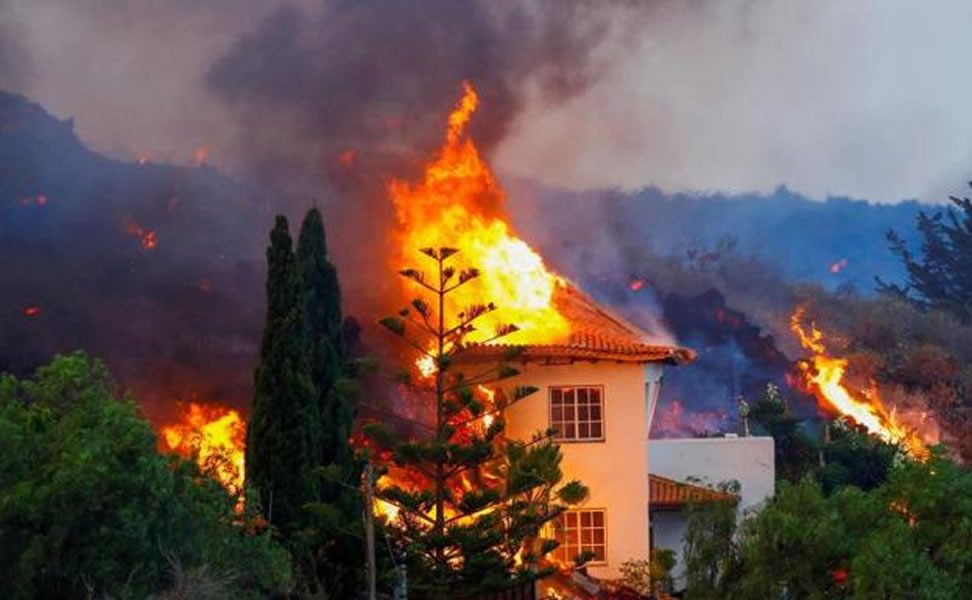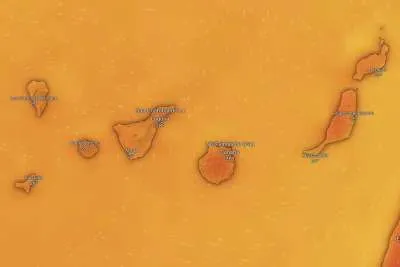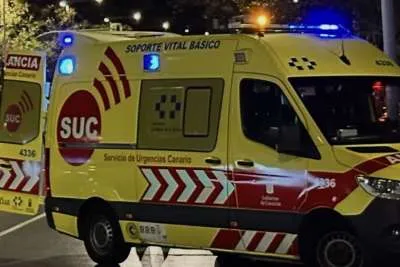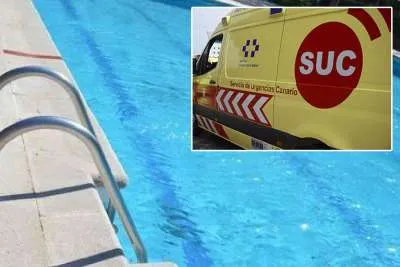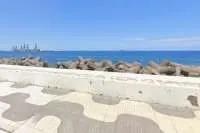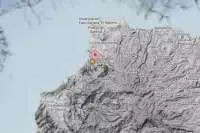Involcan does not rule out new emission points on the volcano
- 21-09-2021
- Tenerife
- Canarian Weekly
The director of Involcan, Nemesio Pérez, said this afternoon (Tuesday) that they are not ruling out new lava emission points in the eruptive zone of the La Palma volcano. Pérez said, in statements to Efe, that "an important superficial seismicity is taking place that can generate new eruptive mouths, not fissures, since the fissure already opened last Sunday when the eruption began.”
He indicated that the eruption is "following a usual course of behaviour", but the difference between this and other eruptions is that it is close to an inhabited area. You can see on the image below where the current nine ‘mouths’ are on the island:
Perez also said that it is not important at what specific moment the lava reaches the sea, since nothing should happen when a security perimeter is established.
He also confirmed that Involcan has carried out new measures to evaluate and monitor the amount of sulphur dioxide (SO2) being emitted into the atmosphere by the eruption. The results reflect an emission rate between 8,000 and 10,600 tons per day, assuming that the wind speed at 3,000 metres yesterday, was between 4.2 and 5.5 metres per second (meteorological data provided by Aemet).
The estimate has been made after carrying out several measurements using a remote optical sensor, miniDOAS type, mounted on one of the Guardia Civil helicopters, and another miniDOAS mounted on one of the ITER / Involcan vehicles.
According to Involcan, the daily monitoring of this will be essential to analyze the evolution of the current process and to be able to use this methodology to estimate the final date of the eruption. The values obtained during the second day of the eruption (8,000-10,500 tons per day) are similar and even slightly higher than the values recorded for the first day, which were 6,000-9,000 tons per day.
Perez explains that these results are consistent with the first 48 hours of evolution of this eruptive process with the appearance of a new point of emission of magmatic material in Tacande, an area of the municipality of El Paso.
Other articles that may interest you...
Trending
Most Read Articles
Featured Videos
A Vision of Elvis Tenerife Promo
- 10-05-2025
Tenerife Travel Guide
- 13-12-2024
Live webcam from Lanzarote airport
- 13-12-2024


